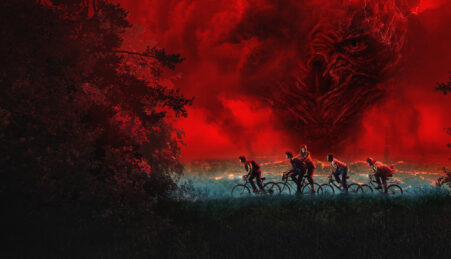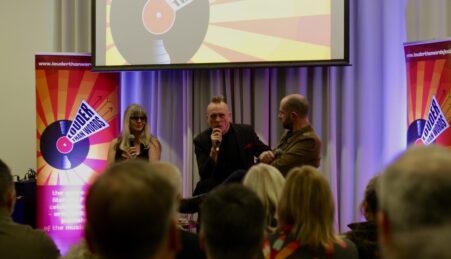Stranger Things 5: ‘They’re all grown up’ – Volume one arrives, but feels four years too late
Featured image: Netflix Action, drama, comedy, and a strong 80s aesthetic: Stranger Things is something of a modern classic and, for Gen Z, a familiar piece of contemporary media that seems to transcend age. My first taste of legendary bands such as New Order and Echo & The Bunnymen came from those first couple of…








Leave a reply